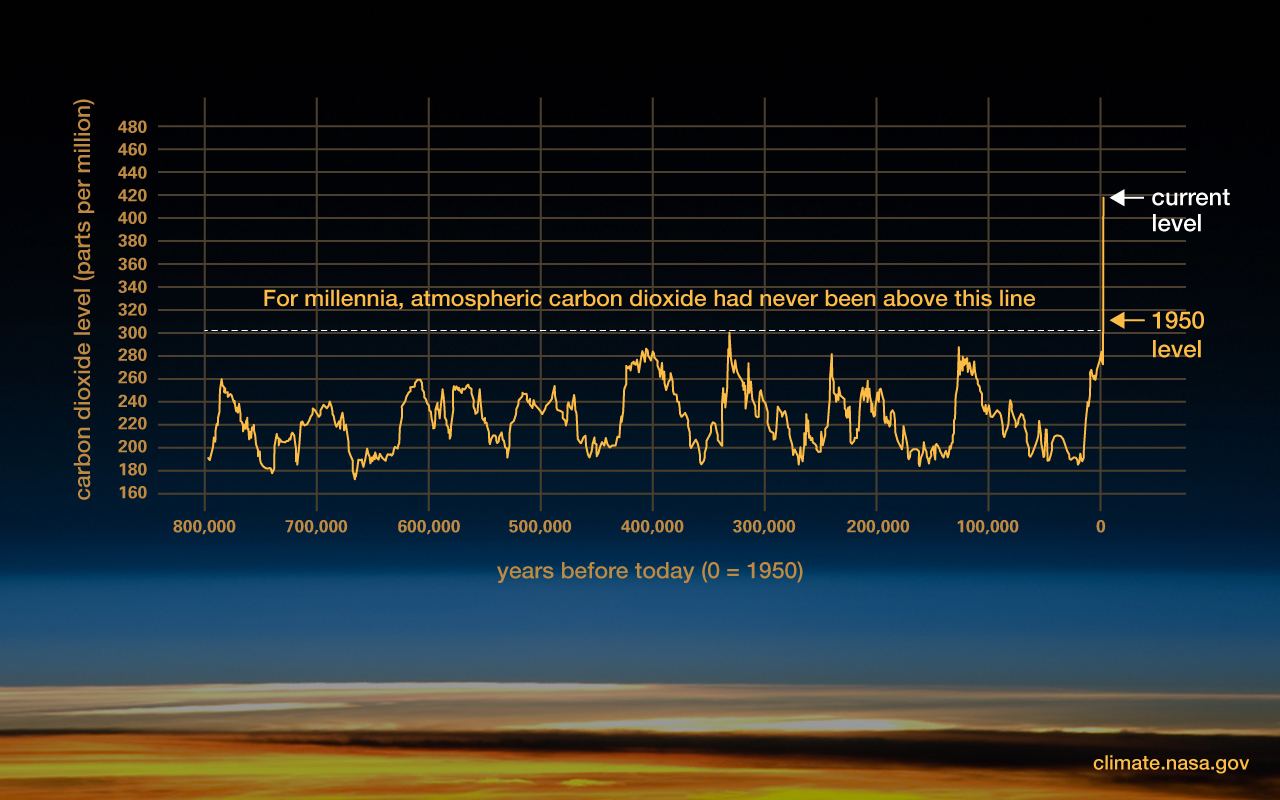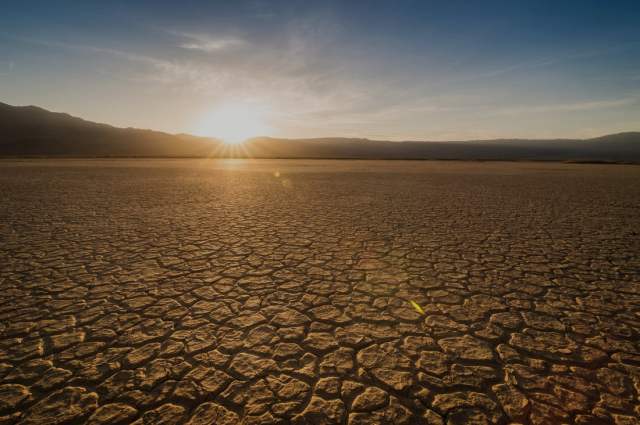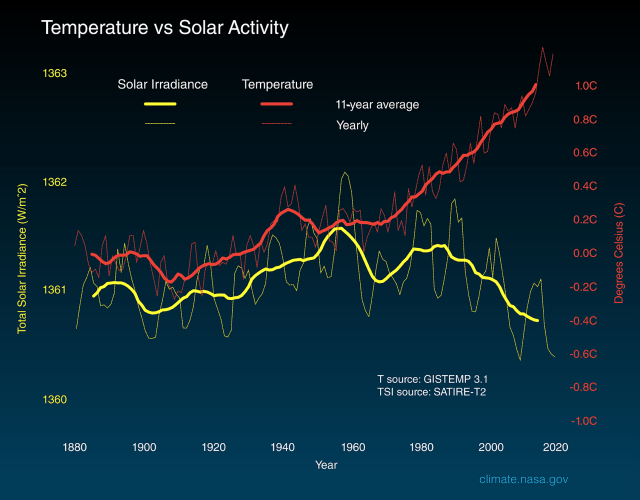Vegasgiants
Silver Member
- Apr 16, 2022
- 2,469
- 462
- 98
- Banned
- #301
No they dontThe geologic record is littered with examples of warming and cooling trends that were not caused by CO2 or orbital forcing. Scientists reach opposite conclusions on the cause of the recent warming trend depending upon which datasets they use.




